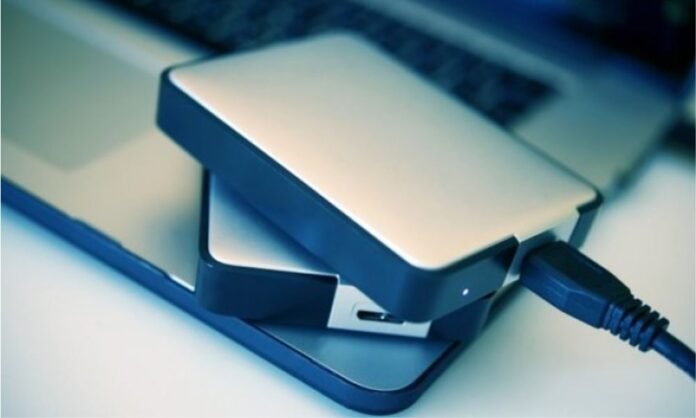Have you recently upgraded your laptop or desktop computer and found yourself with an old hard drive that you don't know what to do with? Rather than letting it collect dust, did you know that you can turn it into a portable hard drive ? In this article, we will tell you how to create your own portable hard drive from an old PC drive . You will discover how economical and easy this solution is to achieve. Get ready to give your old hard drive a second life and enjoy all its benefits!
What you will need
Before you begin, make sure you have the following:
- An old PC hard drive : Check the format of the hard drive (usually 2.5 inches for laptops and some newer desktops).
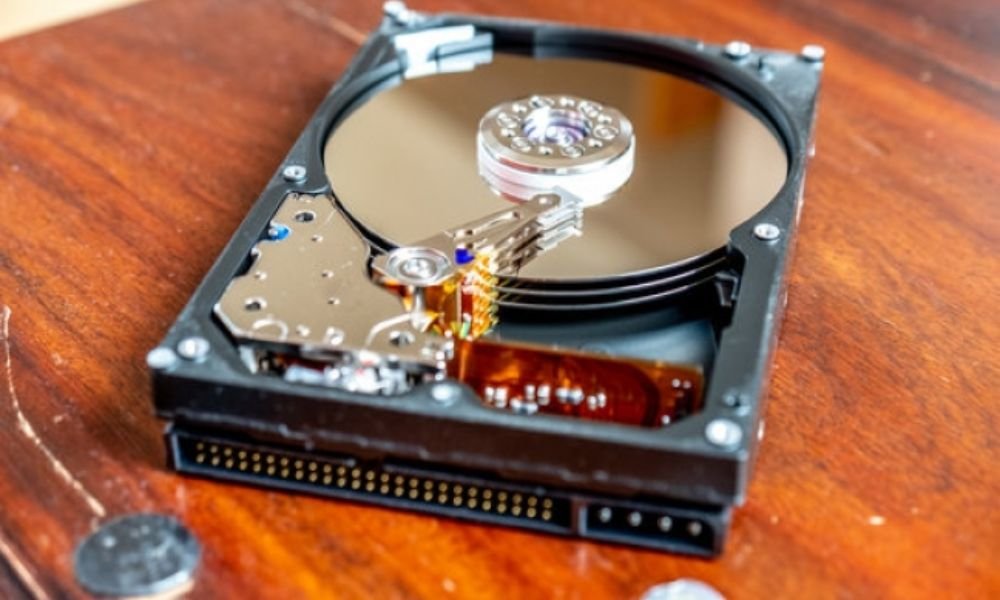
- An external hard drive enclosure : Choose an enclosure compatible with the size and interface of your hard drive (SATA or USB). Opt for a USB 3.0 model for faster data transfers.
- A Torx screwdriver : To your computer case
- A USB cable : To connect the external hard drive to your computer.
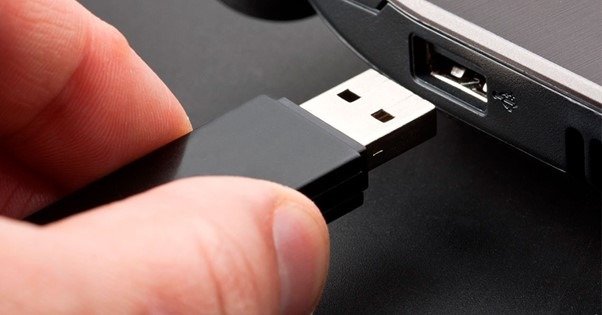
- A computer : You will need this to format and install the file system on your portable hard drive.
- A power adapter (optional) : If your external box is not powered by USB.
Steps to Creating Your Portable Hard Drive
1. Remove the hard drive from your computer:
- Turn off your computer and unplug it from the electrical outlet.
- Open your computer case according to the manufacturer's instructions (usually by removing screws or clipping latches).
- Locate the hard drive, usually secured by screws or mounting rails.
- Disconnect the data and power supply cables from the hard drive.
- Unscrew the hard drive from its bracket and carefully remove it from the computer.
This short video will be very useful to you:
2. Prepare the hard drive for the external enclosure:
- If necessary, carefully remove the hard drive from its internal printed circuit board (PCB).
- Insert the hard drive into the external enclosure following the manufacturer's instructions.
- Screw the hard drive into place to secure it securely .
3. Connect the external hard drive to your computer:
- Plug the USB cable from the external enclosure into a USB port on your computer.
- If your external box requires an power supply , plug in the AC adapter and turn it on.
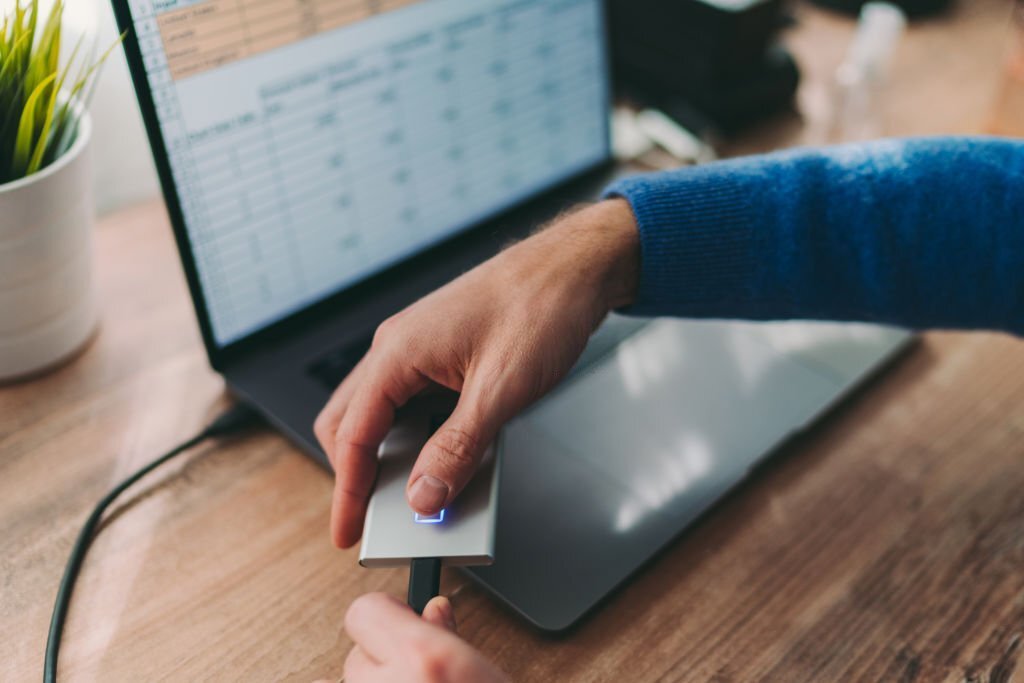
4. Format and partition the hard drive (if necessary):
- Open your computer's Disk Management tool (accessible through File Explorer in Windows or Disk Utility in macOS).
- Select the external hard drive and check if it is formatted.
- If the hard drive is not formatted, format it using a compatible file system, such as NTFS ( Windows ) or exFAT (for cross-platform compatibility ).
- You can also partition the hard drive into multiple volumes if you want.
5. Start using your portable hard drive!
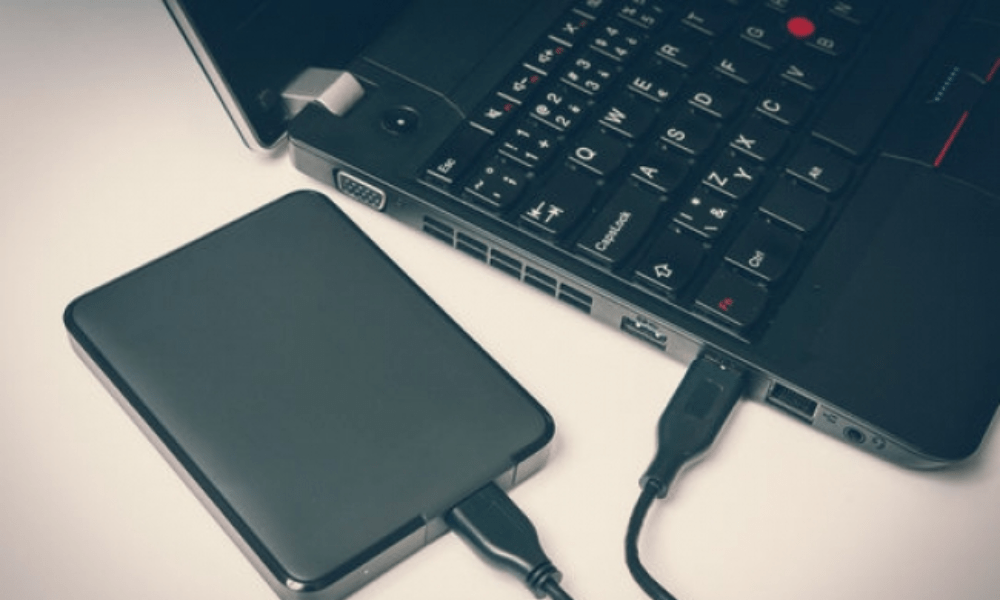
Once your portable hard drive is assembled and formatted, all you have to do is connect it to your computer to start using it. Simply plug the speaker's USB cable into an available USB port on your computer. Your operating system will automatically recognize the portable hard drive and display it as an external storage device . You can then transfer your files, create folders and organize your data as you see fit. Be sure to always eject your portable hard drive securely before unplugging it to avoid data loss.
See also: How to fix internal hard drive not detected on windows 10?
FAQs
Can I use any hard drive to create my portable hard drive?
Yes, you can use most internal hard drives to create a portable hard drive . Just make sure the enclosure you choose is compatible with the type of hard drive you have.
Is it possible to encrypt my portable hard drive for added security?
Yes, it is possible to encrypt your portable hard drive to protect your sensitive data. You can use third-party encryption software or enable your operating system's built-in encryption features.
Can I use my portable hard drive on different operating systems?
Yes, as long as the operating system recognizes the hard drive format ( like NTFS, FAT32, exFAT ), you can use your portable hard drive on different operating systems such as Windows , macOS and Linux.
What is the maximum storage capacity I can get from a portable hard drive?

The maximum storage capacity of a portable hard drive depends on the type of hard drive you are using. Currently, external hard drives can reach capacities of up to several terabytes (TB ).
How long does a portable hard drive last?
The lifespan of a portable hard drive depends on several factors, such as hard drive quality, usage, and storage conditions. In general, a portable hard drive can last for several years if used and maintained properly.
Remember to always back up your important data regularly, even on a portable hard drive . Preventing data loss is essential to ensuring the security of your files.
In conclusion , creating your own portable hard drive from an old PC drive is an economical and practical solution for transporting your files and backing up your important data. By following the preparation and assembly steps, you will be able to give a second life to your old hard drive and enjoy all the advantages of a portable hard drive . Don’t hesitate to explore the different speakers available on the market to find the one that best suits your needs. Happy creating your portable hard drive!

